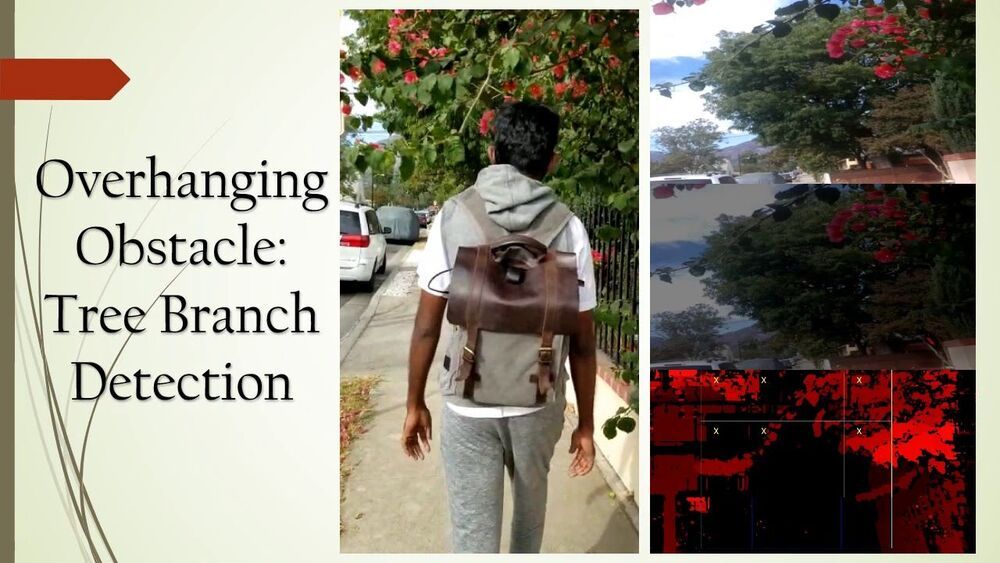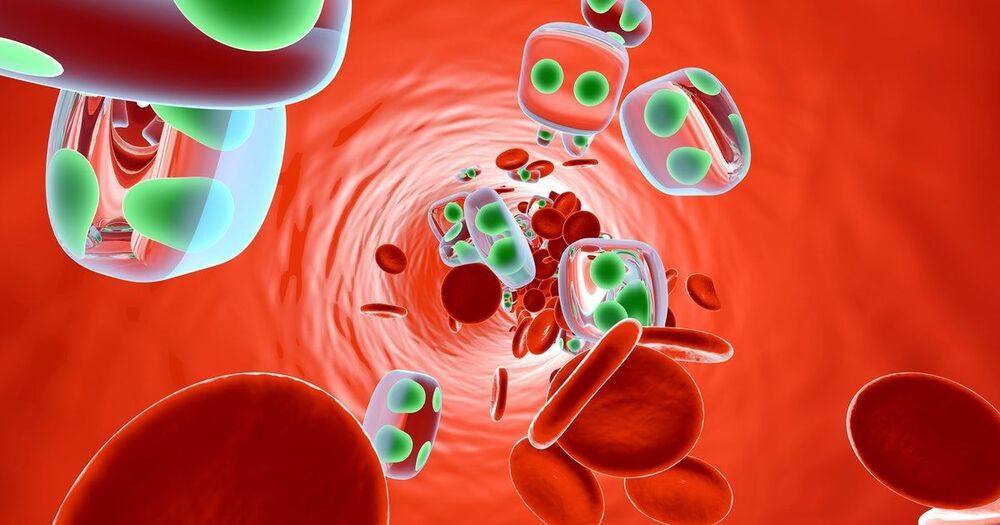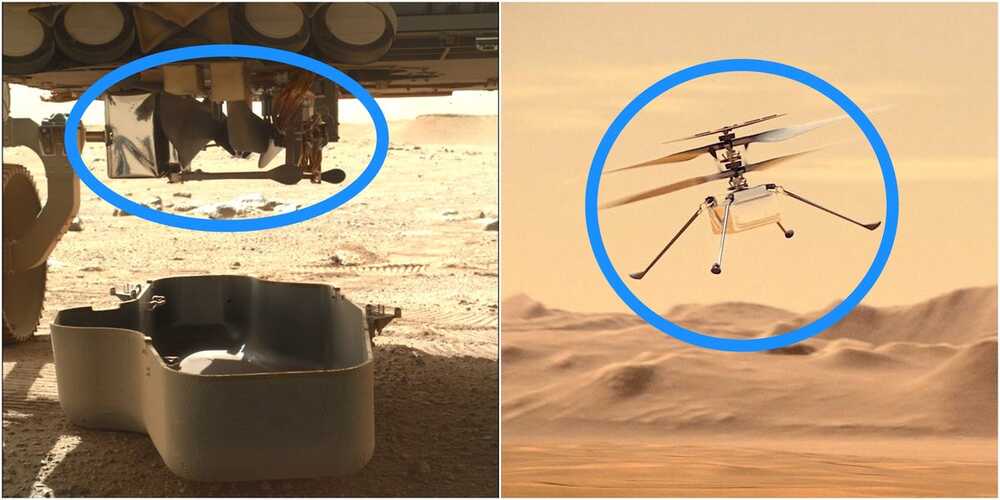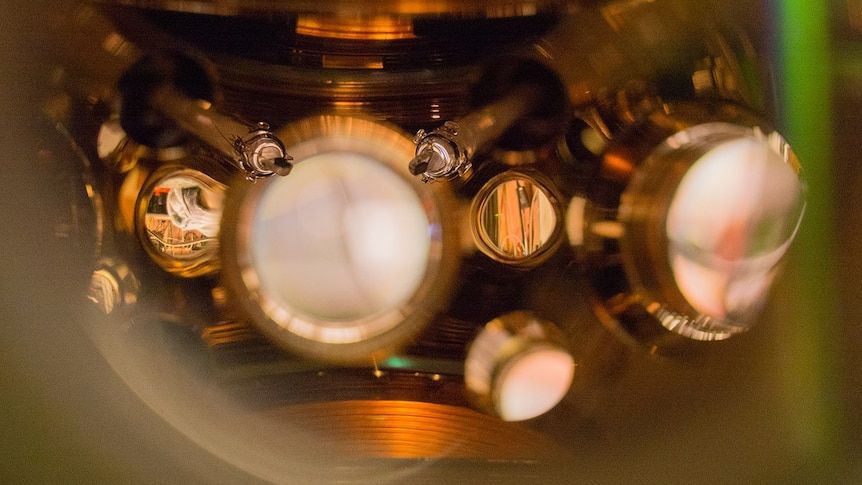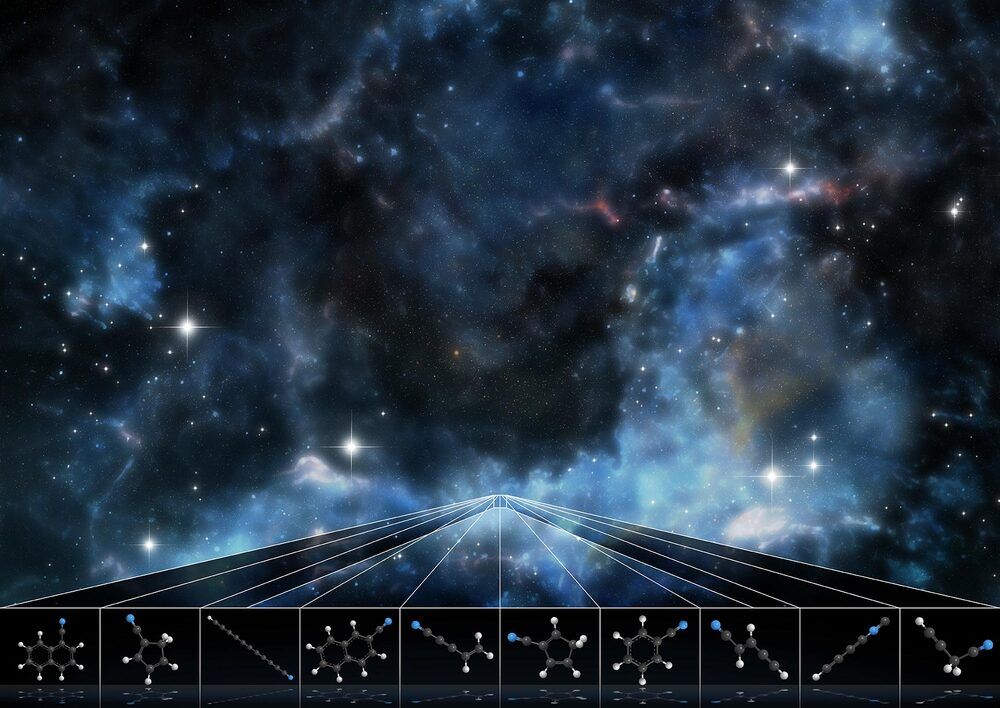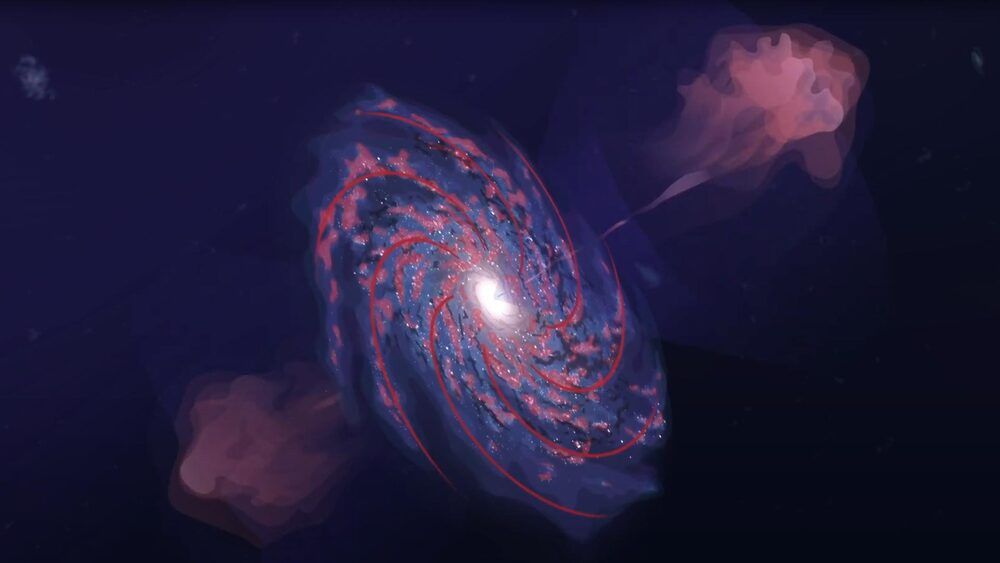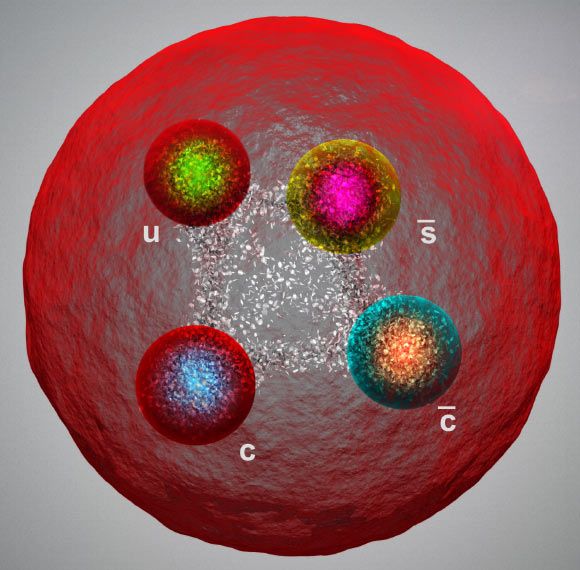Mar 25, 2021
Medicine 2.0 – Successful Repair of Aging Damage
Posted by Kevin Huang in categories: biotech/medical, life extension
Antiaging expert Aubrey de Grey says there is a 50% chance that we reach longevity escape velocity by 2035.
I now think there is a 50% chance that we will reach longevity escape velocity by 2036. After that point (the “Methuselarity”), those who regularly receive the latest rejuvenation therapies will never suffer from age-related ill-health at any age.
Continue reading “Medicine 2.0 – Successful Repair of Aging Damage” »

